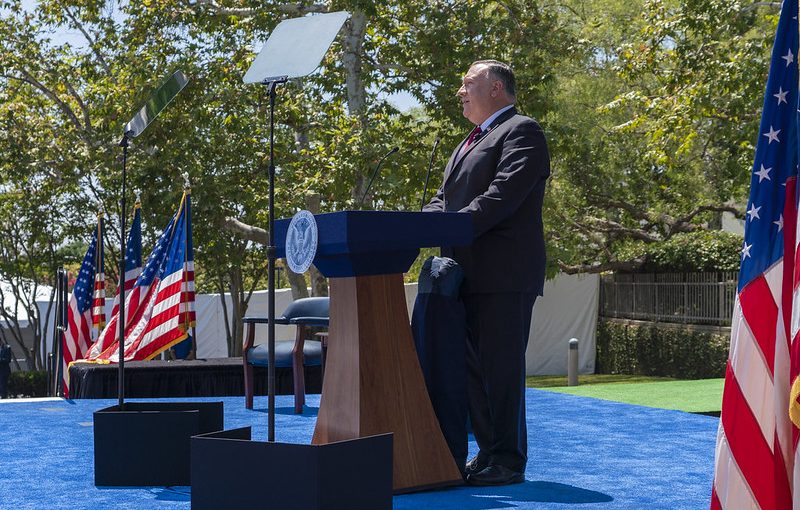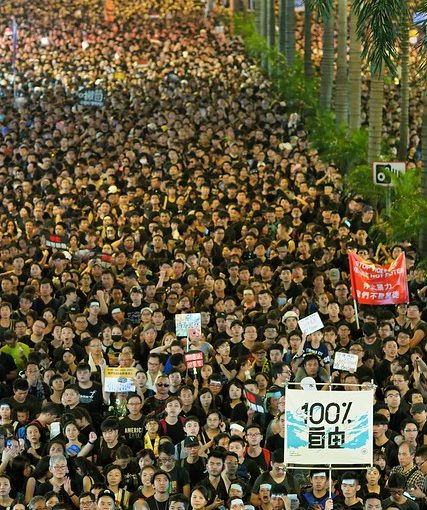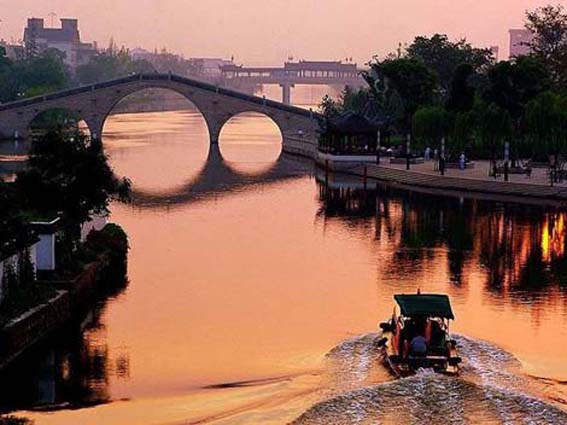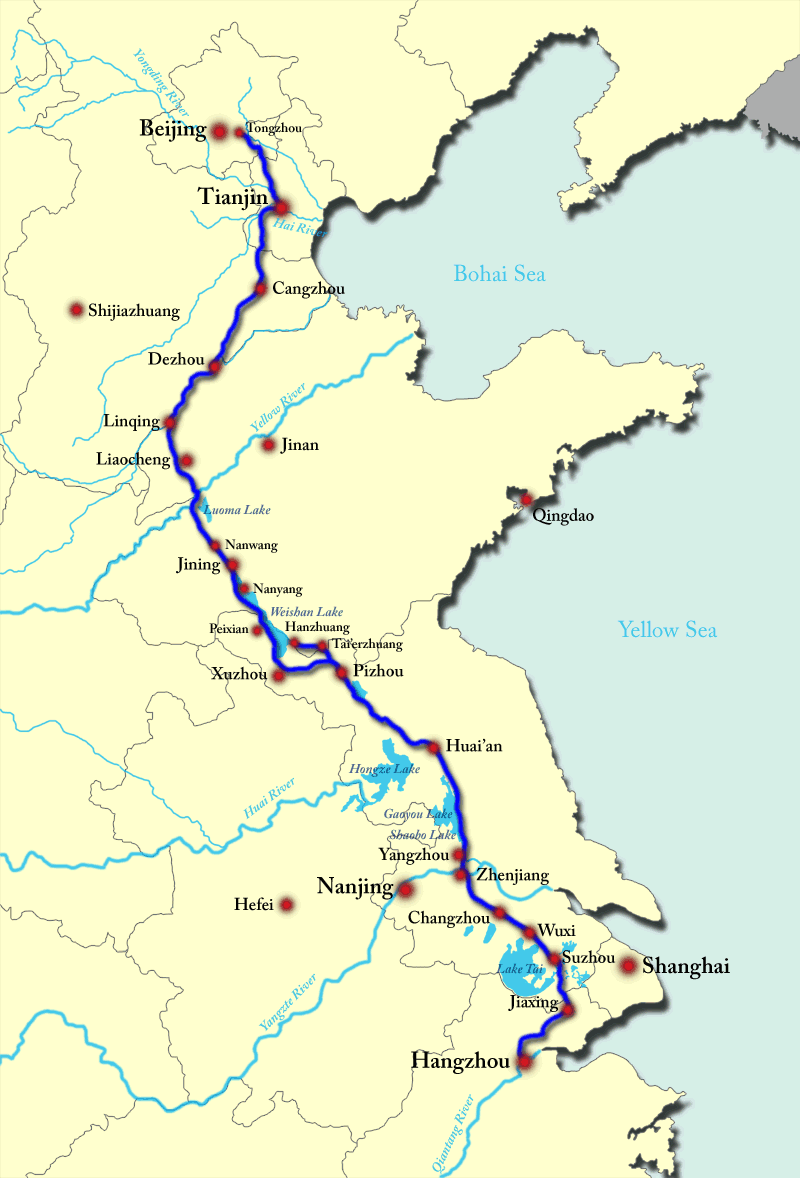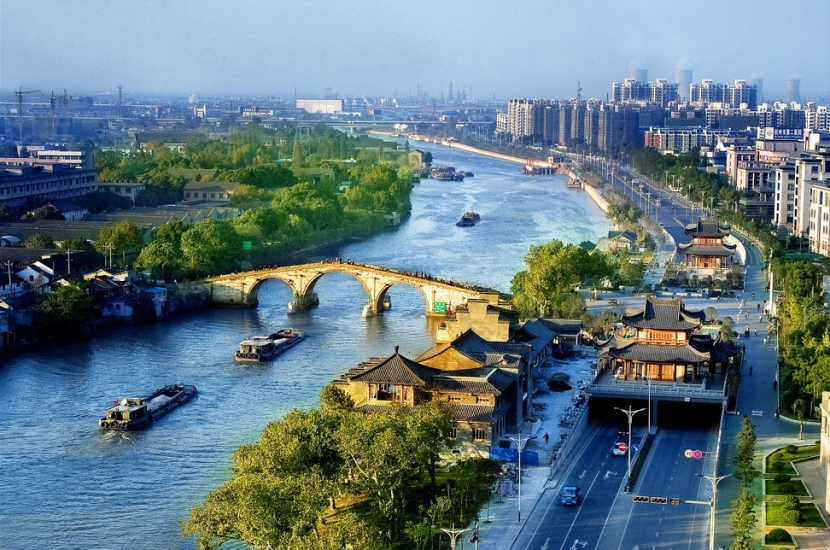“President Reagan said that he dealt with the Soviet Union on the basis of ‘trust but verify.’When it comes to the CCP, I say we must distrust and verify.”
Secretary of State Mike Pompeo July 23, 2020 .
It has become abundantly clear that Donald Trump’s point man on China is Secretary of State Mike Pompeo. In his July 23, 2020 speech at the Nixon Library in Simi Valley California he left no doubt about that.
In the speech Mr. Pompeo outlined the Chinese threat (as seen by the US) and called for a new alliance against China. He spoke of the United Nations and the G20 and others G7 and NATO standing with the US to deal with China.
The whole speech set out the treats from the Communist Party of China and from the Chinese nation itself. Such cold war rhetoric has not been heard for a long time, and the speech really did lay down the gauntlet.
Observers suggest that the rhetoric will continue and even intensify right up until the 2020 presidential election. One reason for the Trump administration’s belligerence toward China is to ensure the re-election of Donald Trump.
So who is Mike Pompeo anyway? Mr. Pompeo was born in Orange County California. He attended the United States Military Academy at West Point graduating first in his class. After his military duty finished, he entered Harvard University Law School and graduated with a JD degree. After Harvard he entered private business where he teamed up with former classmates to form an aircraft parts business. In 2011 he was elected to the US congress as a Republican Representative for Kansas and where he served from 2011 to 2017. In 2017 he was appointed as Director of the Central Intelligence Agency held that job for a year before being nominated as Secretary of State under President Donald Trump.
Mr. Pompeo, in the Reagan Library speech on July 23, didn’t echo President Ronald Reagan’s words in 1983 calling the Soviet Union an “evil empire” by calling China an “evil empire”, but Pompeo’s meaning, was clear enough about what he considered the Chinese threat.
Worth noting is the fact that Mr. Pompeo in his July 23 speech did not offer any way forward regarding better relations between the US and China. No, China is a menace to world peace and to American democracy, and we must (all) stand up to China. No more ” Mr. Nice Guy” American hoping for a liberal China to emerge. Time to stand firm.
So the face of the “new Cold War” and the pushback on China is US Secretary of State Mike Pompeo. One could argue that he is the right man for the job. A Democratic win in November would tone down a lot of the rhetoric toward China, but American actions under a Democratic president might not be so far different regarding China in many areas.
What do you think? Contact us and let us know your opinion.
Secretary Pompeo’s July 23rd Speech at the Nixon Library.
Photo: US Dept. of State via flickr
 日本語
日本語 English
English 中国語
中国語